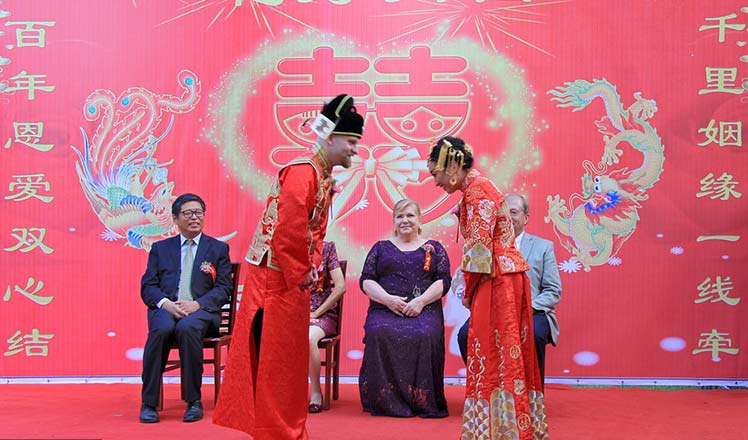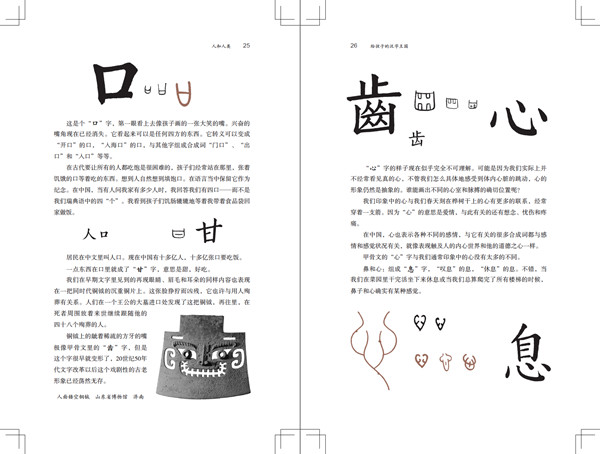Dissecting the written word
Updated: 2016-09-14 07:57
By Yang Yang(China Daily)
|
||||||||
Lindqvist, who spoke mainly English peppered with some Chinese, apologized to her listeners that she could not speak Chinese as fluently as before because it was a long time since she had spoken the language.
Lindqvist's interest in China was first sparked at the age of 5 or 6, when her mother showed her an oiled-paper umbrella brought to Sweden by a friend from the Far East.
Later, during a nine-year period spent at university, she attended lectures by famous Swedish Sinologist Bernhard Karlgren on ancient Chinese philosophers, such as Confucius and Laozi.
Karlgren often showed his students how a Chinese character was written on oracle bones and bronze ware in ancient times, and how the characters had developed through history.
Karlgren's strong interest in the structure of characters influenced Lindqvist greatly.
So, in 1961, when Lindqvist's husband was posted at the Swedish embassy in China, she traveled along and enrolled in Peking University.
At the university, her Chinese teachers told her to memorize everything, instead of telling her why, so she tried to seek solutions herself.
However, her life changed when she started learning to play the guqin at the Beijing Guqin Research Association in a courtyard beside the Huguo Temple.
There were 11 masters there and she was the only student because at that time the guqin was seen as outdated.
Recalling those masters, she says: "They were the most elegant and cultured people I've ever met."
In 1962, Lindqvist returned to Sweden as her husband's posting in China ended.
- Britain's ex-leader Cameron resigns as lawmaker
- US flies B-1B bombers over ROK after DPRK's nuke test
- S Korea jolted by biggest-ever earthquake, tremor felt nationwide
- Cuba, US hold first talks on intellectual property
- Princeton, Cal top college rankings
- Clinton says may restart campaigning in a 'couple of days'

 Orphaned Chinese marries American at SOS village
Orphaned Chinese marries American at SOS village
 French royal porcelains shine in Xi'an
French royal porcelains shine in Xi'an
 How to raise great kids? A case for twin girls
How to raise great kids? A case for twin girls
 Photographers capture the fun side of a full moon
Photographers capture the fun side of a full moon
 Top 10 most valuable companies in China
Top 10 most valuable companies in China
 US marks 15th anniversary of 9/11 attacks
US marks 15th anniversary of 9/11 attacks
 Beautiful, smart robots shine at expo in Nanjing
Beautiful, smart robots shine at expo in Nanjing
 In pics: Top 10 most global cities in 2016
In pics: Top 10 most global cities in 2016
Most Viewed
Editor's Picks

|

|

|

|

|

|
Today's Top News
Trump outlines anti-terror plan, proposing extreme vetting for immigrants
Phelps puts spotlight on cupping
US launches airstrikes against IS targets in Libya's Sirte
Ministry slams US-Korean THAAD deployment
Two police officers shot at protest in Dallas
Abe's blame game reveals his policies failing to get results
Ending wildlife trafficking must be policy priority in Asia
Effects of supply-side reform take time to be seen
US Weekly

|

|








